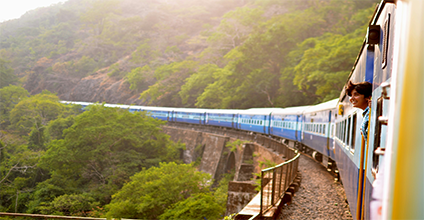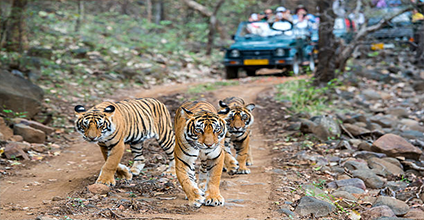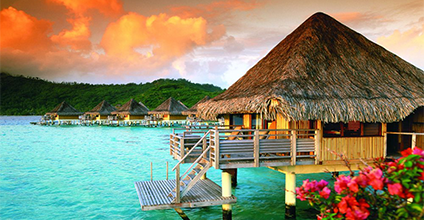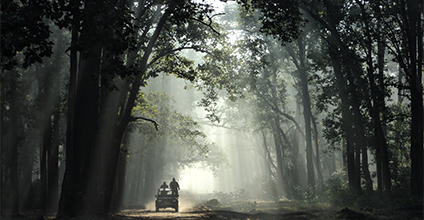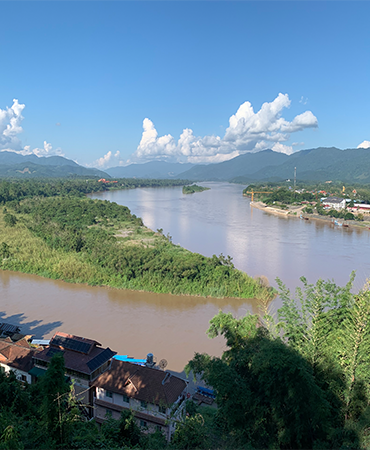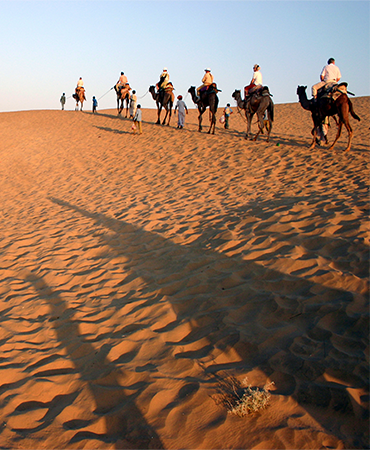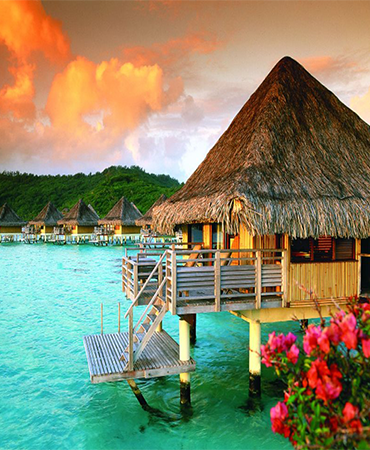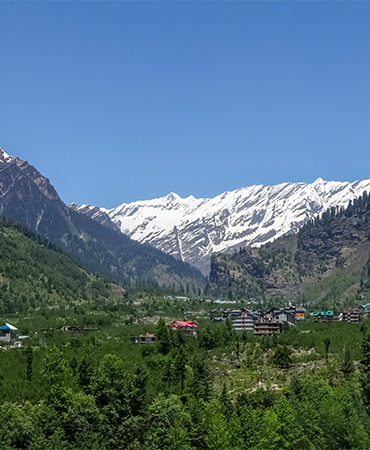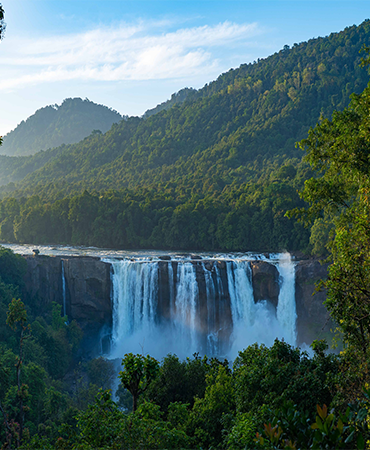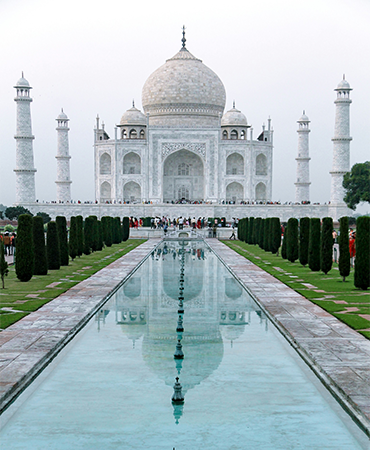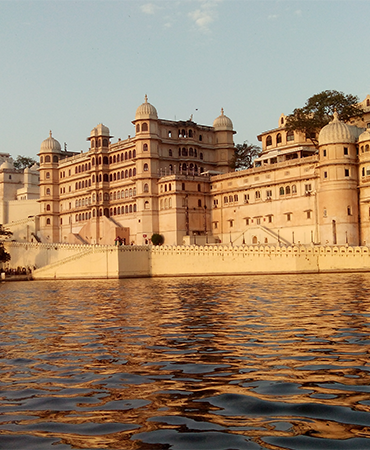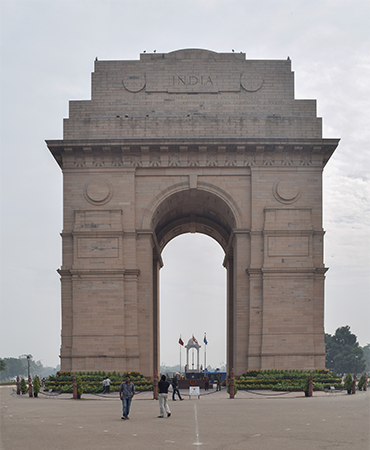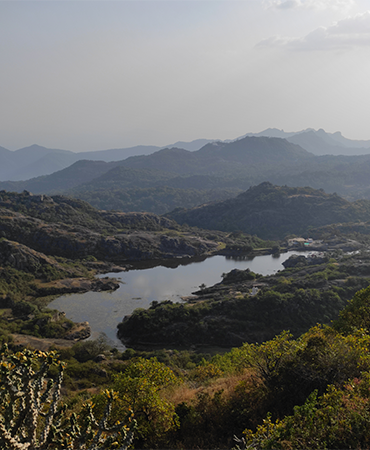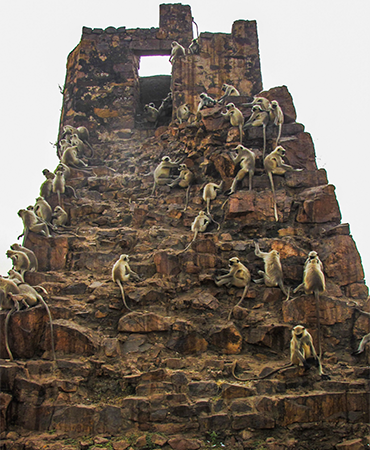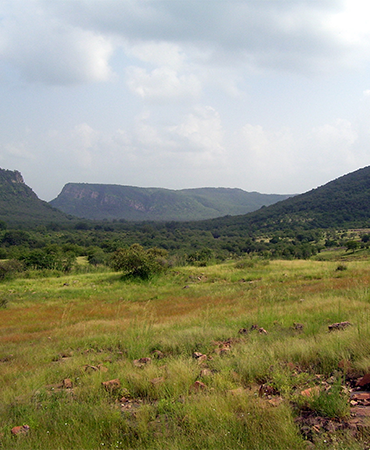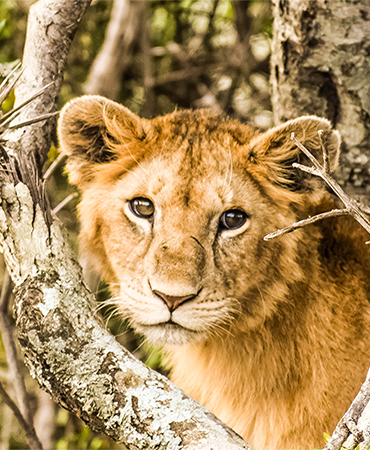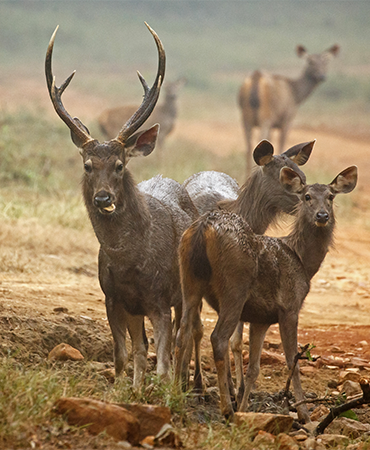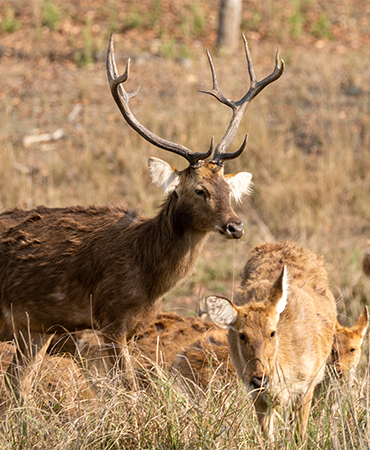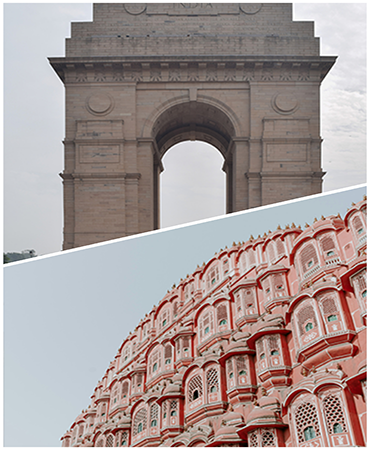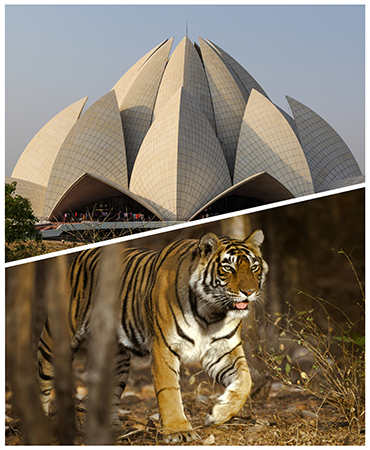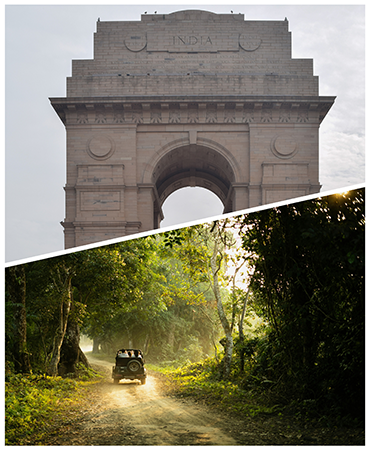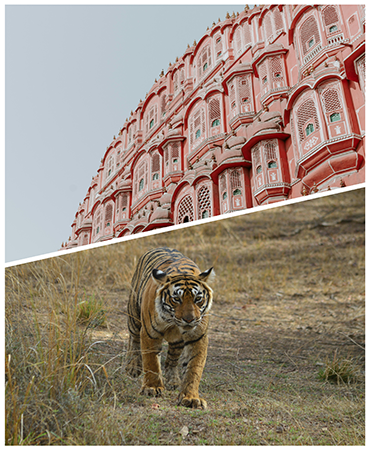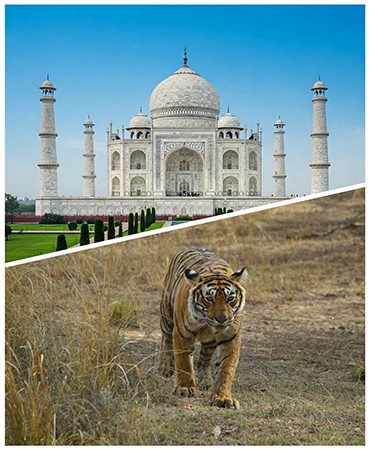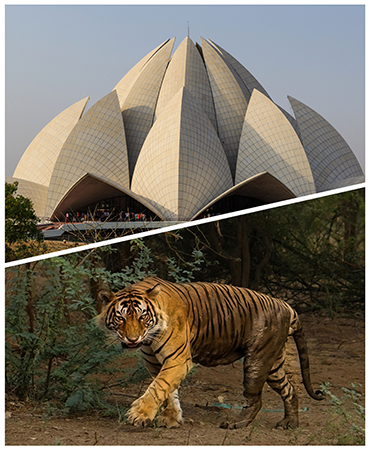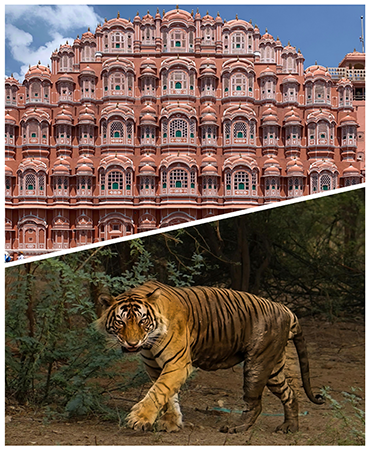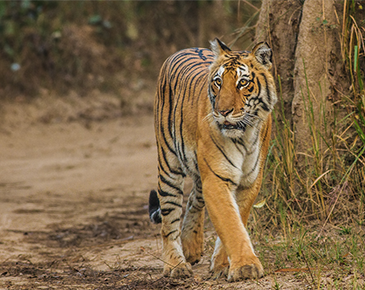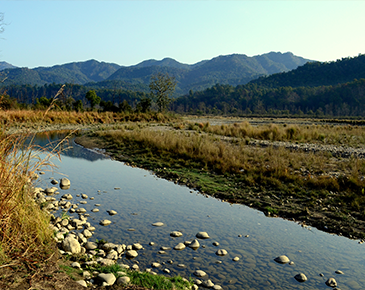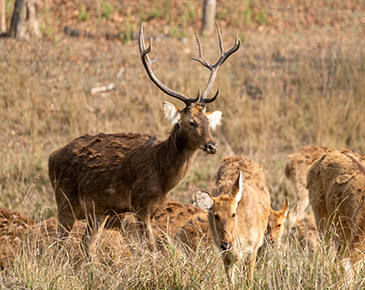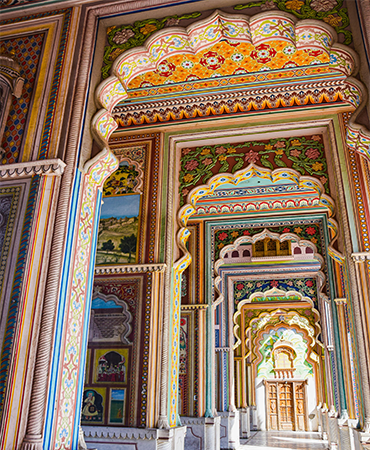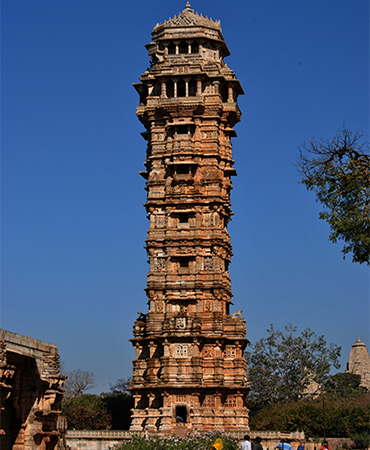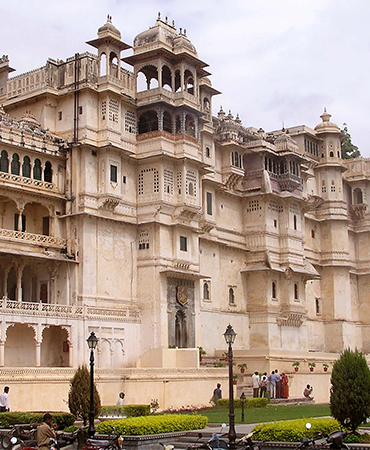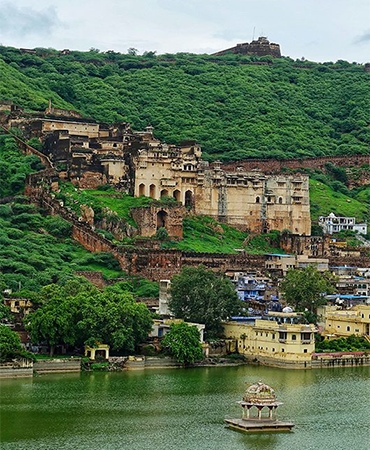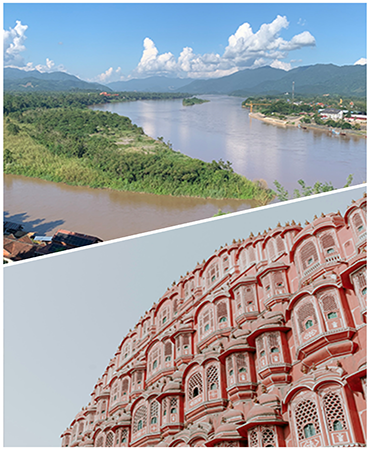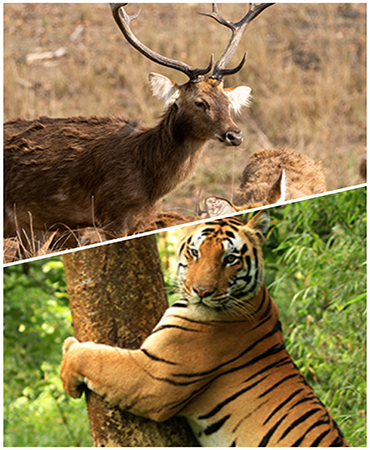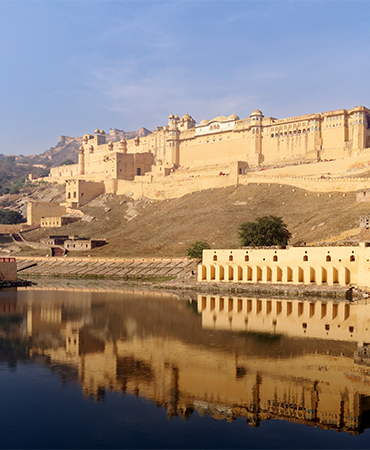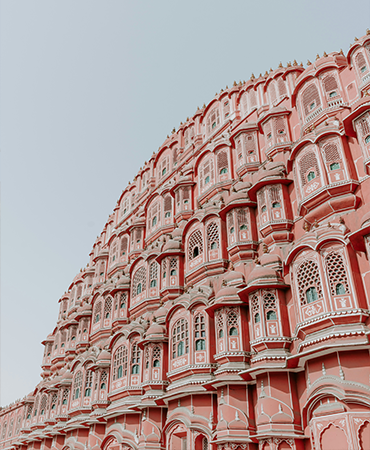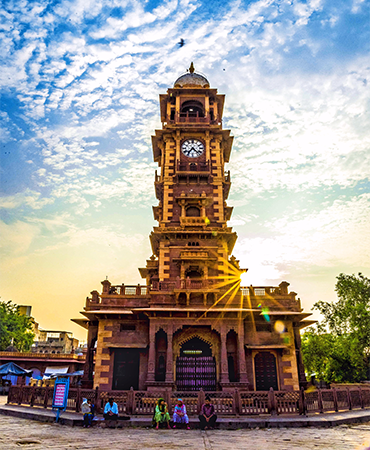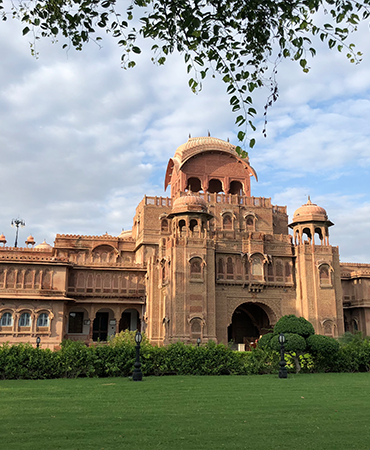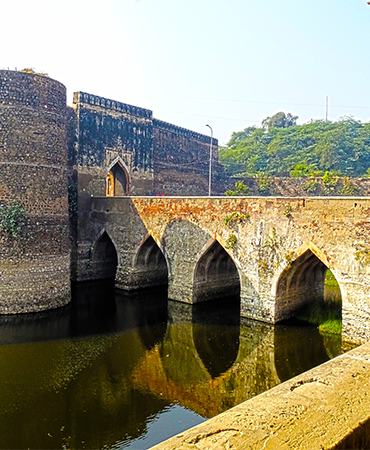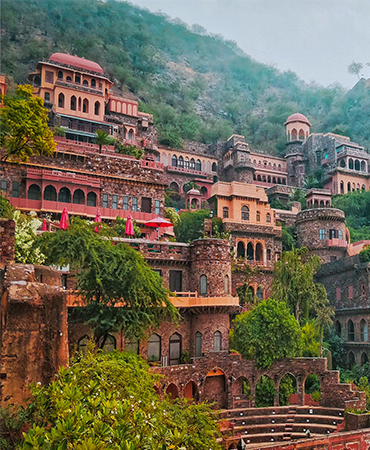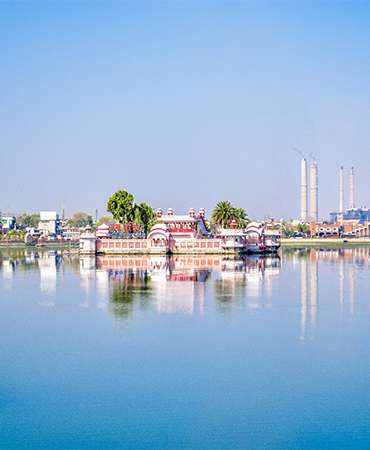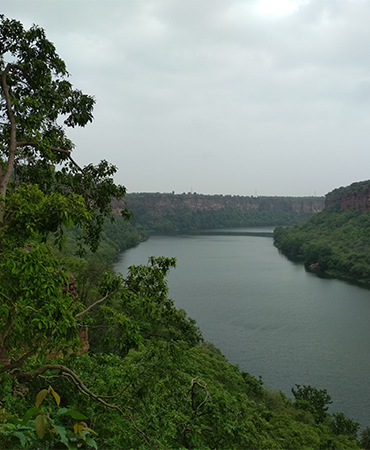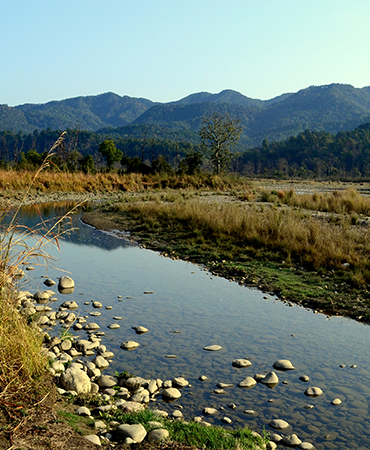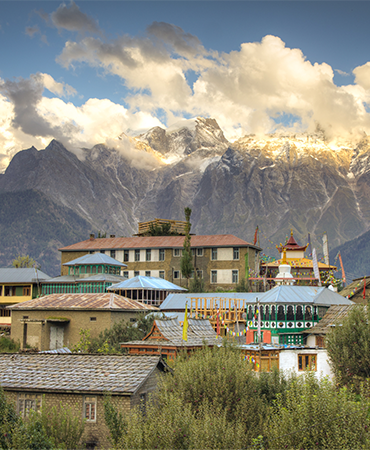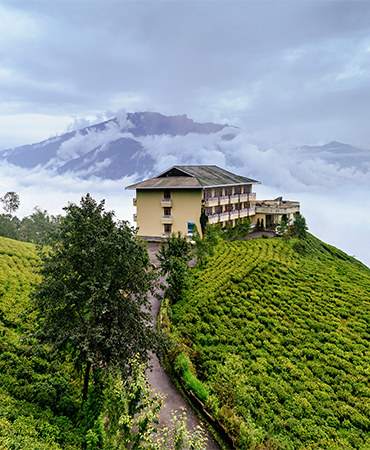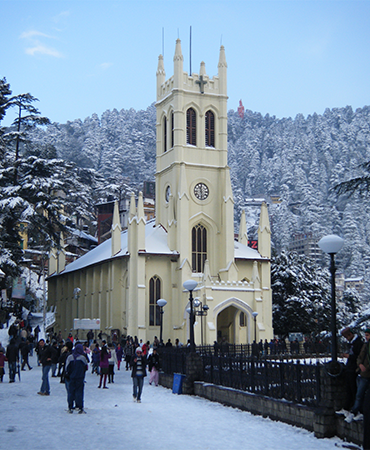- info@rifatoursindia.com
- Ranthambore National Park, Rajasthan
Best Custom-Crafted Holiday Tour Packages in India for Unique Travel Experiences
Top Wildlife & Adventure Destinations Near Delhi
Worth Visiting On Weekends
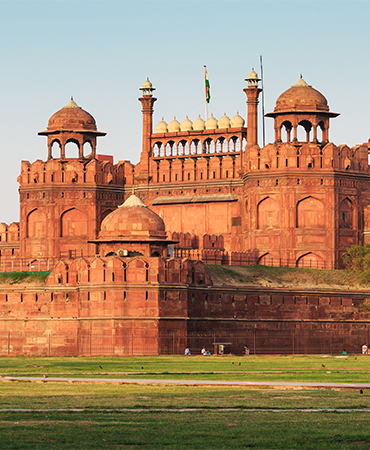
Red Fort
Delhi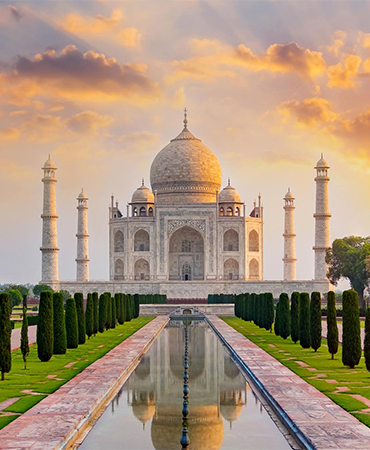
Taj Mahal
Agra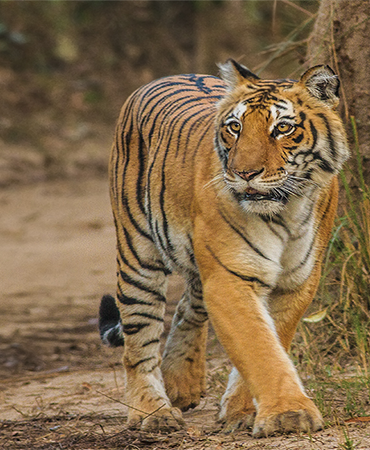
Tiger Safari
Ranthambore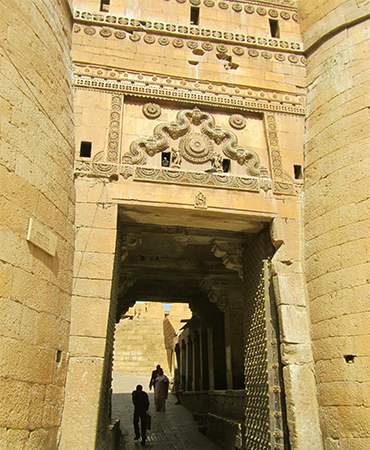
Jaisalmer Fort
Jaisalmer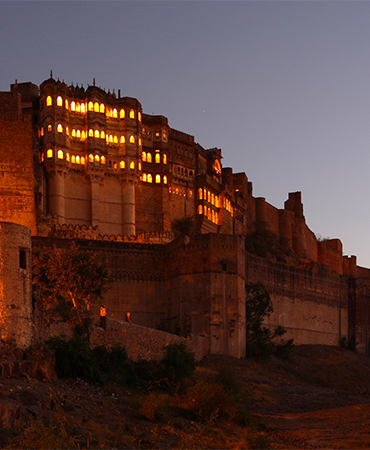
Mehrangarh Fort
Jodhpur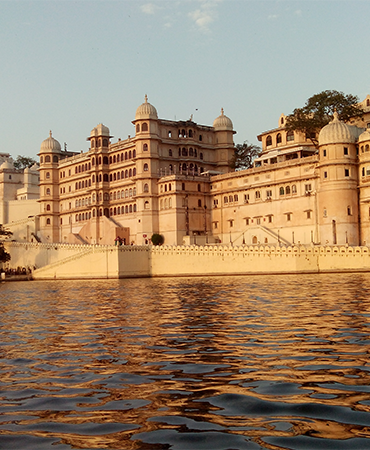
City Palace
Udaipur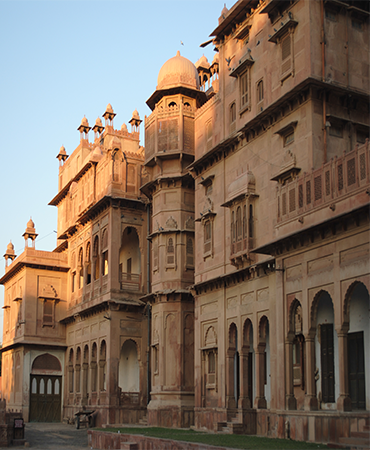
Junagarh Fort
Bikaner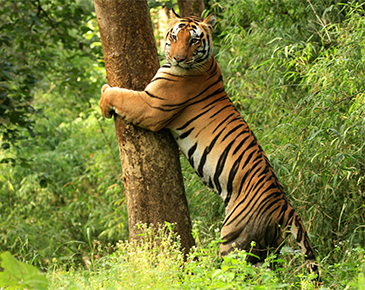
Ranthambore Blog
Welcome to Rifa – your perfect travel companion for discovering the hidden wonders of India. If you’re a nature lover, wildlife enthu...
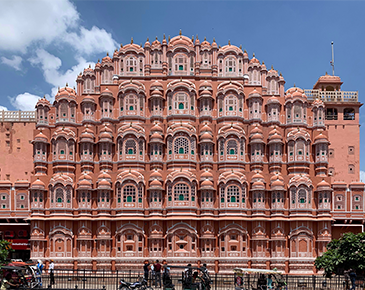
Jaipur Blog
Welcome to Rifa, your trusted travel companion! If you’re planning your next getaway and looking for a place that blends history, heritage...
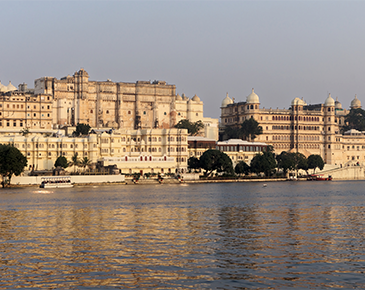
Udaipur Blog
Welcome to Rifa – your perfect travel companion for discovering the hidden wonders of India. If you’re a nature lover, wildlife enthusias...
India Climate & Season
India enjoys a remarkably diverse climate due to its vast geographical expanse and varied topography. The country experiences five distinct seasons: Spring, Summer, Monsoon, Autumn, and Winter. Summer, which lasts from April to mid-June, brings intense heat, particularly in the northern plains, where temperatures often exceed 40°C. This is followed by the Monsoon season from mid-June to September, characterized by heavy and widespread rainfall that is vital for agriculture and water resources. Autumn brings a welcome relief with clear skies and moderate temperatures, offering a pleasant transition. Winter, from November to February, ranges from mild in the southern regions to harsh cold in the north, with snowfall in the Himalayan areas. Spring, a short but delightful season, is marked by blooming flowers and a gentle warmth that signals the end of winter. The climate across India is profoundly shaped by the Himalayas, surrounding oceans, and diverse terrain, resulting in a rich and varied pattern of weather that changes significantly from region to region.
Visa Information
Obtaining a visa is a crucial step for foreign travelers planning a trip to India. The country offers several visa categories, including tourist visas, business visas, and the increasingly popular e-visa. The tourist visa enables visitors to experience India’s diverse cultural heritage, iconic historical landmarks, and breathtaking natural landscapes. For added convenience, the e-visa allows travelers to complete the application process entirely online, significantly reducing paperwork and processing time. Applicants typically need to provide essential documents such as a valid passport, a detailed travel itinerary, and recent passport-sized photographs. By planning in advance and following the official application guidelines, travelers can ensure a smooth and hassle-free visa experience. For the most up-to-date information and to apply, visitors should refer to the official website: https://indianvisaonline.gov.in.
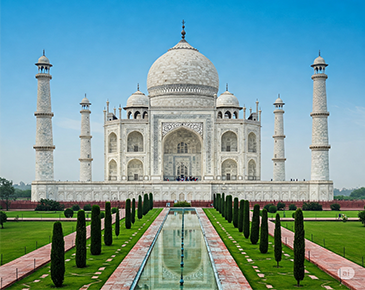
Best Time To Visit In India
India is a land of vibrant culture, breathtaking landscapes, and diverse climates—making it a year-round destination. However, the best time to visit truly depends on the kind of experience you're looking for.
From September to April, India offers some of the most pleasant weather conditions across regions, making it an ideal window for tourism. Whether you're exploring historic cities, relaxing on sun-kissed beaches, or soaking in the spiritual essence of ancient temples, this period promises a comfortable and enriching journey.
- Wildlife lovers will find the winter months (October to February) perfect, as national parks are open and wildlife sightings are at their peak.
- Hill stations like Shimla, Manali, Darjeeling, and Ooty are best visited during the summer months (April to June), offering a refreshing escape from the heat of the lowlands.
- For trekking and adventure seekers, autumn and spring provide the most favorable conditions, with clear skies and cool temperatures enhancing the outdoor experience.
No matter the season, India captivates travelers with its stunning natural beauty, rich traditions, and unforgettable hospitality. Plan your trip around your interests, and you’re guaranteed an extraordinary holiday that stays with you forever.
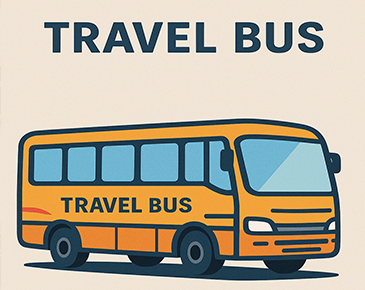
How to get around in India ?
Traveling to India is a smooth and hassle-free experience, thanks to its well-developed and diverse transportation network. The country is easily accessible through international airports located in major cities such as Delhi, Mumbai, Bengaluru, Chennai, Hyderabad, and Kochi. These airports are well-connected with direct flights from the UK, USA, Canada, Australia, UAE, Singapore, and other parts of the world, ensuring a convenient arrival for global travelers.
Once in India, moving from one region to another is both efficient and budget-friendly. The country boasts one of the world’s largest railway networks, offering scenic and comfortable journeys to countless destinations. For quicker travel, domestic flights are available between all major cities and popular tourist hotspots, saving time while providing easy access across the country.
Urban travel within cities is equally convenient. Most metropolitan areas like Delhi, Mumbai, and Bengaluru are equipped with modern and efficient metro systems, helping tourists navigate busy city centers with ease. Buses and app-based cab services are also readily available, offering both intercity and intra-city options for every type of traveler.
For shorter distances and a more local experience, auto-rickshaws remain a popular choice. They provide a fun and authentic way to explore neighborhoods and city streets while immersing yourself in the local lifestyle. These options not only make travel interesting but also allow tourists to interact more closely with the vibrant culture of India.
India’s transportation options are diverse and cater to all budgets—whether you're a backpacker looking for economical travel or a luxury tourist seeking comfort. With such accessible and varied ways to get around, visiting iconic places like the historical forts of Rajasthan, the peaceful backwaters of Kerala, the snow-clad mountains of Himachal Pradesh, or the spiritual centers of Varanasi and Rishikesh becomes easy and enjoyable.
India welcomes every traveler with open arms and provides the means to explore its breathtaking landscapes, rich traditions, and warm hospitality without a hitch. With its efficient connectivity and variety of transport options, your journey through India is bound to be smooth, memorable, and full of discovery.
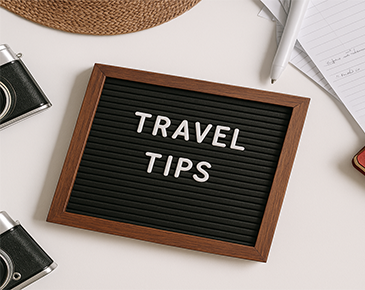
Must-Follow Travel Tips for Exploring India
Planning a trip to India? With its rich cultural heritage, diverse landscapes, and vibrant cities, India offers an unforgettable travel experience. To make the most of your journey and ensure a smooth and enjoyable visit, here are some essential travel tips every visitor should keep in mind.
1. Do Your Research and Plan Ahead
India is vast and diverse, so it’s important to familiarize yourself with the country’s culture, climate, and key attractions before your trip. Plan your itinerary in advance to make the most of your time, and factor in travel durations between destinations.
2. Get the Right Visa
Ensure you apply for the appropriate visa before traveling. Your passport should be valid for at least six months beyond your intended stay. E-visas are available for tourists from many countries and can be applied for online.
3. Pack Smartly
Choose lightweight, breathable clothing suitable for India’s varying climate. Don’t forget essentials like sunscreen, insect repellent, a hat, and comfortable walking shoes. A light scarf or shawl can also be handy, especially when visiting temples or covering up in the sun.
4. Respect Local Culture and Traditions
India is culturally rich and traditional in many areas. Dress modestly, especially in religious and rural regions. Always remove your shoes before entering temples and avoid public displays of affection. Being respectful of customs will enhance your experience and interactions.
5. Stay Hydrated and Healthy
Carry a reusable water bottle and stay hydrated throughout your trip, especially during warmer months. Only drink bottled or boiled water and avoid ice cubes in drinks. Be cautious with street food and opt for eateries known for good hygiene.
6. Learn the Art of Bargaining
In local markets and with street vendors, bargaining is common and even expected. It’s part of the cultural experience, so don’t hesitate to negotiate prices—but always with a smile and in good spirit.
7. Prioritize Safety
While India is generally safe for tourists, it’s wise to stay alert, especially in crowded places. Keep your belongings secure, avoid isolated areas at night, and use trusted transportation options. Women travelers may benefit from joining group tours or using women-only transport services where available.
8. Use Local Transportation
To truly experience India’s charm, take advantage of local transport like trains, buses, and auto-rickshaws. These modes offer a unique glimpse into everyday life and are budget-friendly. Booking train tickets in advance is recommended for long journeys.
9. Respect Nature and Wildlife
If you plan to visit national parks or wildlife reserves, follow all safety rules and maintain a respectful distance from animals. Avoid littering and support eco-friendly tourism practices.
10. Stay Connected
Buy a local SIM card or activate international roaming to stay connected, access travel apps, maps, and keep in touch with family. Having access to mobile data is especially useful for navigating cities and finding nearby services.
11. Keep Cash Handy
While cards are accepted in most urban areas, having some cash is essential for small vendors, remote locations, and public transport. Use ATMs in trusted locations and avoid carrying large amounts of cash at once.
12. Be Prepared for the Monsoon
If you're visiting during the monsoon season (typically June to September), carry a waterproof jacket or umbrella, and plan outdoor activities accordingly. Weather can change quickly, especially in coastal and mountainous regions.
13. Practice Responsible Photography
Always ask permission before taking photos of people, especially in rural areas or at religious sites. Some locations may prohibit photography altogether—respect signage and local sentiment.
14. Embrace the Energy
India is lively, sometimes chaotic, and always colorful. Embrace the hustle and bustle, the spontaneous conversations, and the sensory overload. Keeping an open mind will help you fully enjoy the unique charm and warmth India has to offer.
Frequently Asked Questions
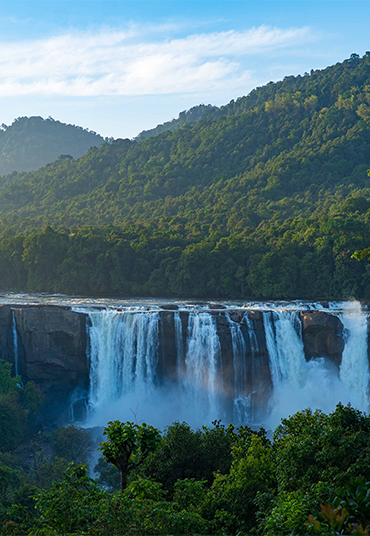
The diverse topography of India comprises mountains, beaches, and deserts. The large size of the country also blesses it with different climatic conditions, which means that, while some places in India may have the mercury rising in the summers, there are some, where the weather is cool and pleasant. Therefore, the best time to travel to India depends on the places a tourist would like to visit in the country. However, it is also safe to say that the winter season (October - March) is mostly preferred by the tourists while visiting India.
For wildlife sightings, both summer (March-mid June) and winter seasons are favourable. While the winter season is best for sighting animals basking in the sun during the day time, summer is the time when they can be seen frequently paying a visit to the water holes.


